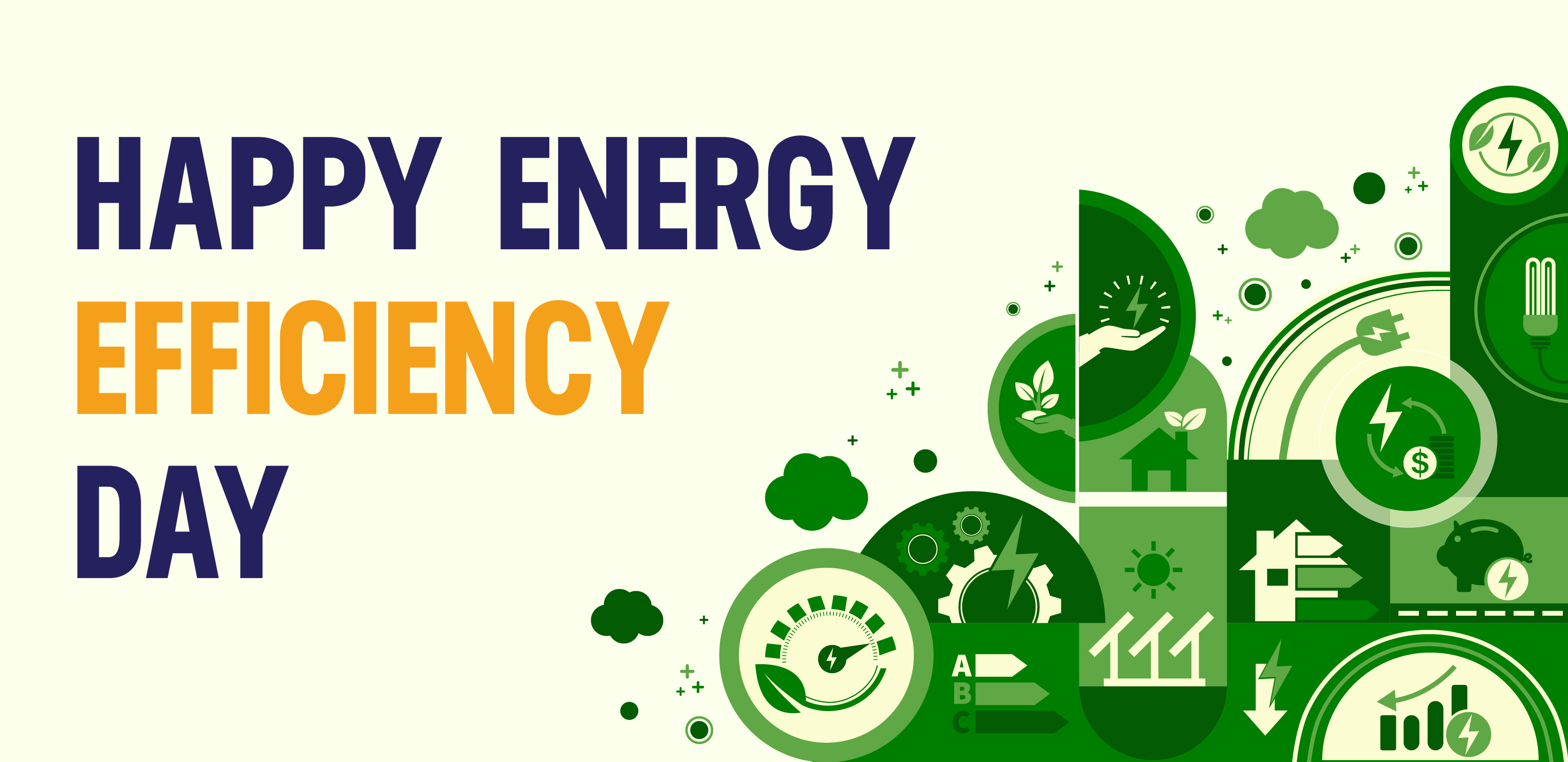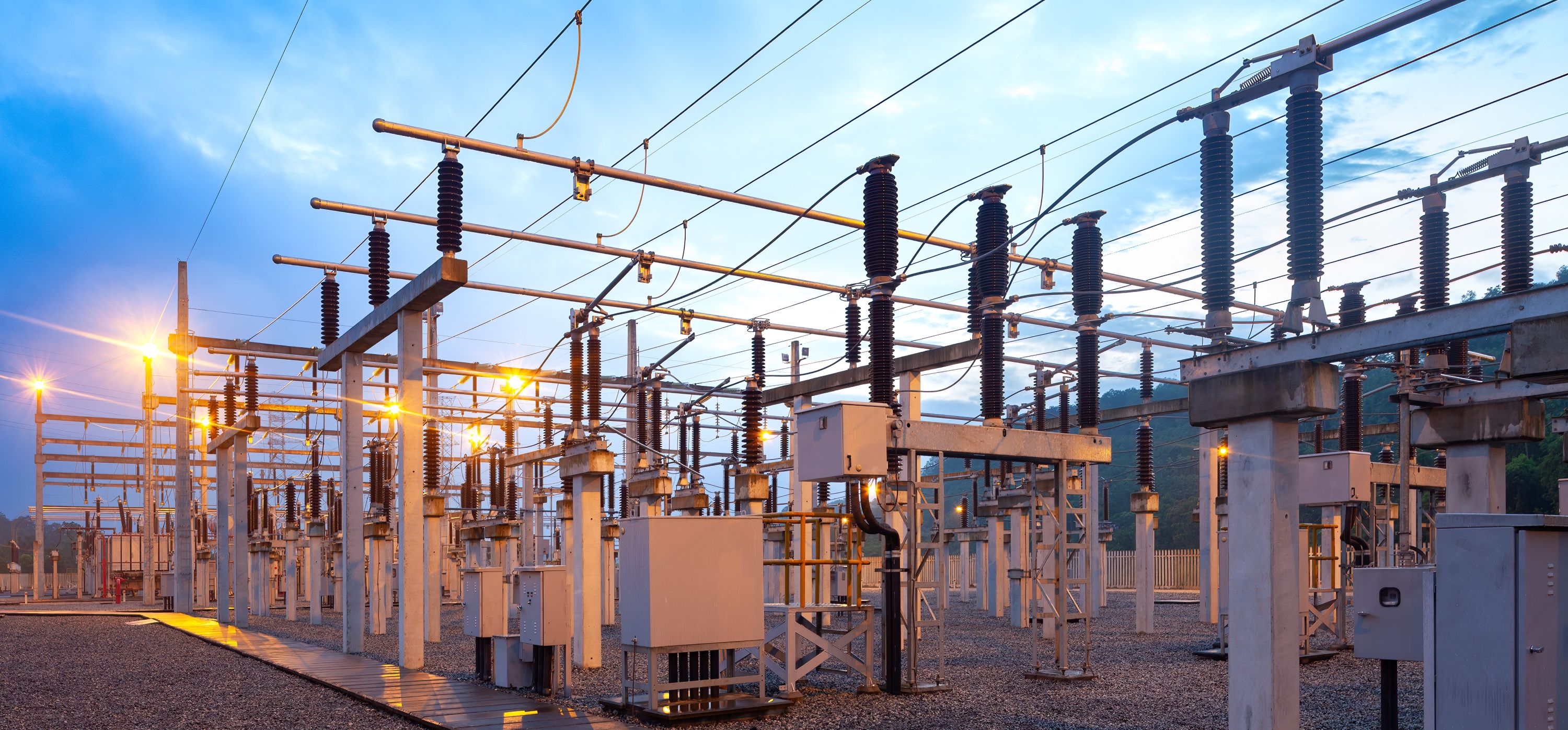DOE Looks to the Future: Energy Efficient and Flexible Building Loads Cut Costs and Increase Grid Reliability
Let's Save Energy
Alliance to Save Energy's Blog

The Alliance submitted comments Friday in response to a Request for Information from the U.S. Department of Energy (DOE) seeking to inform its research and development work on grid-interactive efficient building technologies. According to the RFI, DOE wants to “build on existing energy efficiency efforts, and develop technical capabilities to optimize the interplay between energy efficiency, demand response, behind-the-meter generation and energy storage to increase the flexibility of demand-side management.” DOE requested information to better understand where efficient and flexible building loads research goals can be refined to reflect market needs and inform related R&D activities.
What are Flexible Building Loads?
According to the Energy Information Administration, 75 percent of all U.S. electricity is consumed within buildings, and building energy use drives 80 percent of peak demand – highlighting the need for addressing energy use in the building sector. Load flexibility involves shifting the timing of building energy consumption to reduce stress on the electricity grid during peak periods. Enabling building systems to act as distributed energy assets for the grid can achieve significant cost savings. Shifting building loads to off-peak times can help avoid both curtailment and wasteful overgeneration of renewable electricity and increase grid resilience, reliability and energy affordability.
Building-to-grid communications can support load flexibility by allowing utilities to incentivize consumers to shift energy usage to off-peak times. In addition, load flexibility plays a key role for distributed energy resources – including solar power, battery storage, and electric vehicles – that offer more capacity to the grid.
Starting with Energy Efficiency
In the comments, the Alliance urged DOE’s Building Technologies Office (BTO) to maintain a distinction between energy efficiency and flexible building loads in its research, analysis, and policy development. While the two concepts are related and reinforce each other, it’s important to recognize that shifting energy consumption to a different time of day to reduce demand can reduce energy costs, but it does not necessarily reduce total energy usage. A building with a flexible load may or may not be efficient.
Buildings must be as efficient as possible to maximize benefits of flexible building loads. Buildings with strong envelope performance not only reduce peak power and natural gas demand, they also extend the timeframe during which mechanical cooling or heating systems can be cycled off while maintaining a comfortable indoor temperature. Smaller loads are operationally easier to shift to a different time of day and provide additional cost and energy savings. By incorporating energy modeling to meet codes and standards in the early stages of building design, architects and engineers can optimize a building’s parameters for efficiency. Combined with grid-interactive strategies, energy efficiency can provide added relief from system stress, and provide further resilience benefits.
The Alliance advised BTO to not overlook nor subsume building energy efficiency, but rather deploy all the energy-saving strategies in the energy efficiency toolbox – which include setting energy conservation standards and prioritizing and encouraging the construction of highly efficient buildings, particularly within model building energy codes.
Getting Clarity on Load Flexibility Impacts
The Alliance also focused on the integration needs to achieve building load flexibility at scale. The maximum benefits of building load flexibility will be captured only if the enabling technologies can avoid “valleys of death” and reach the market in all regions and at multiple building scales, including small businesses and residences.
One of the ways BTO can help shepherd high-risk, high-reward innovations in load flexibility is by addressing the lack of data quantifying the value of connected flexible buildings in terms of improved energy efficiency, improved resilience and reliability, reduced energy bills, reduced grid congestion, improved occupant comfort, and environmental benefits. Data and analysis that clarify the impacts of load flexibility would not only support innovation in enabling technologies, but also would help inform policymakers in developing any standards or incentives that address load flexibility.
DOE Can Help Spur This Exciting Future
Imagine this: smart meters will provide the data necessary for utilities to incentivize consumers to use energy during off-peak periods through time-varying rates with greater precision, better aligning demand and supply. To add to that, the “transactive energy ecosystem” is already emerging, where consumers can buy and sell energy and related services in a dynamic and interactive manner.
Understanding the impacts of load flexibility and prioritizing energy efficiency, along with advancing cutting-edge technologies to enhance grid modernization, are critical for improving building load flexibility to reduce peak demand. DOE can maximize these exciting benefits of load flexibility and encourage further innovation by pairing the evolution of load flexibility effectively with energy efficiency.
STAY EMPOWERED
Help the Alliance advocate for policies to use energy more efficiently – supporting job creation, reduced emissions, and lower costs. Contact your member of Congress.
Energy efficiency is smart, nonpartisan, and practical. So are we. Our strength comes from an unparalleled group of Alliance Associates working collaboratively under the Alliance umbrella to pave the way for energy efficiency gains.
The power of efficiency is in your hands. Supporting the Alliance means supporting a vision for using energy more productively to achieve economic growth, a cleaner environment, and greater energy security, affordability, and reliability.



